In bathroom space design, a large bathroom mirror is no longer just a simple mirror; it directly affects the visual width, lighting effect, and overall aesthetic style of the washing space. In 2025, the style trend of large-sized bathroom mirrors is gradually shifting from "function first" to "function+spatial temperament expression", and the choice between frameless and framed mirrors has become a core issue in the decision-making of many decorators.
There are significant differences between the two in terms of structure, material, visual effects, and daily maintenance. This article will analyze four aspects — design trends, user experience, durability, and cleaning and maintenance — and will combine industry data to help readers make more suitable choices when decorating or renovating bathrooms.
1. Design trend: Frameless mirrors emphasize minimalism, framed mirrors express style
From an overall aesthetic perspective, frameless mirrors offer a purer, more concise visual effect, especially suitable for spaces that aim to expand the bathroom's visual area. Because there are no border restrictions at the edges, the mirror fits the wall better, making the washbasin area appear more open and neat.
The design features of frameless mirrors include:
Strong visual lightness
Easy to match with different styles
Suitable for small and medium-sized bathrooms, it can effectively reduce pressure
In contrast, framed mirrors are better suited as "highlights" for expressing spatial style, thanks to their wide range of material and color options for the outer frame.
Framed mirrors can enhance the bathroom tone in the following ways:
A wooden frame brings a sense of nature and warmth
Metal frames (such as black aluminum or brushed gold) enhance a modern, exquisite aesthetic
A wide border design can serve as a decorative focal point
It can be said that frameless design tends to be more stable and minimalist, while framed design emphasizes expression and style shaping.
2. Size selection: A larger mirror is not necessarily better
The width of large bathroom mirrors is generally 30 to 72 inches, and the height is set to the distance between the ceiling and the countertop. When choosing a size, consider the dressing space, wall space, and the ratio to the bathroom cabinet.
A common purchasing strategy is:
The mirror should be the same width as, or slightly narrower than, the bathroom cabinet by 2-4 inches
If using a double washbasin, it is recommended that the mirror width be at least 48 inches
If you pursue a more substantial spatial magnification effect, you can choose a horizontally stretched, elongated mirror surface
According to a survey on trends in residential bathroom decoration, over 62% of new construction projects have seen an increase in the average size of bathroom mirrors compared to five years ago (source: HomeDesignTrendsRReport.com), indicating that large mirrors have become a mainstream trend in bathroom design.
3. Durability and structural safety: Is frameless more fragile? Not exactly
Most people would think that frameless mirrors are more prone to breakage. Still, in actual use, the most critical factors affecting durability are the thickness of the glass and the quality of the explosion-proof treatment. Standard thicknesses for bathroom mirrors are 0.16 inches and 0.2 inches, with the latter offering stronger resistance to deformation and impact.
Frameless mirror: The back is usually covered with explosion-proof film, and the fixing method is often a wall-mounted buckle or silicone adhesive. When installing, ensure the wall is flat.
Framed mirror: The frame structure provides additional support and stronger resistance to bumps, making it particularly suitable for families with children or those who frequently touch the edges of the mirror.
That is to say, the presence or absence of a frame does not determine the stability of the structure. Still, it is influenced by the quality of the mirror body, installation process, and supporting structure.
4. Cleaning and maintenance: No frame is more worry-free, but with a frame, attention should be paid to the impact of moisture
In daily cleaning, frameless mirrors are less prone to water or soap stains and dust because they have no gaps or edges. Using glass cleaner alone can keep them clear. For wash spaces with high usage frequency, the maintenance experience of frameless mirrors is easier.
During maintenance, special attention should be paid to the moisture resistance of the frame material for framed mirrors.
Frame material considerations:
Metal frame: Ensure the anti-corrosion or oxidation coating is of high quality to prevent rust spots
Wooden frame: It must be painted or sealed to prevent moisture; otherwise, it may expand, crack, or discolor in humid environments
PVC / Aluminum alloy frame: More suitable for long-term bathroom environments, lightweight, and moisture-proof
Data indicate that in high-humidity environments, the probability of deformation of untreated wooden frames after one year of use is more than 4 times that of waterproof frames (source: InteriorMoistureLab.com). Therefore, the material selection of framed mirrors is crucial in damp spaces.

5. Lighting integration trend: mirror headlights, backlights, and intelligent dimming
The combination of large bathroom mirrors and lighting has become a trend, especially for enhancing the daily grooming experience. More and more mirrors are equipped with the following functions:
Backlit: Soft and atmospheric
Front Light: More suitable for fine operations such as makeup and shaving
Adjustable color temperature and brightness: The standard range of color temperature is 3000K-6000K
Anti-fog function: Prevents water vapor condensation through low-power heating film
It is worth noting that frameless mirrors have a more transparent visual effect when paired with backlighting, while framed mirrors have a more structurally stable feel when paired with front light strips.
Therefore, the choice of mirror is directly related to the lighting method planned to be used.
Conclusion: What is the logical choice for 2025, whether there is no box or a box?
Types suitable for people, advantages, and precautions:
Frameless large bathroom mirror: For users who prefer minimalism and pursue space enlargement. Visually clean, easy to clean, ideal for most styles, ensuring glass thickness, and the installation process
Large bathroom mirrors with frames: Focus on style and atmosphere, or if you want to create a spatial focal point to express personality, firm texture, and controllable style. A strict selection of moisture-proof and moisture-resistant frame materials is required
One sentence summary:
If you want the bathroom to look bigger and cleaner, choose frameless; if you want it to look more designed and style-focused, choose framed.
The final choice is not 'which one is better', but rather 'which one is more in line with the spatial temperament and usage habits'.

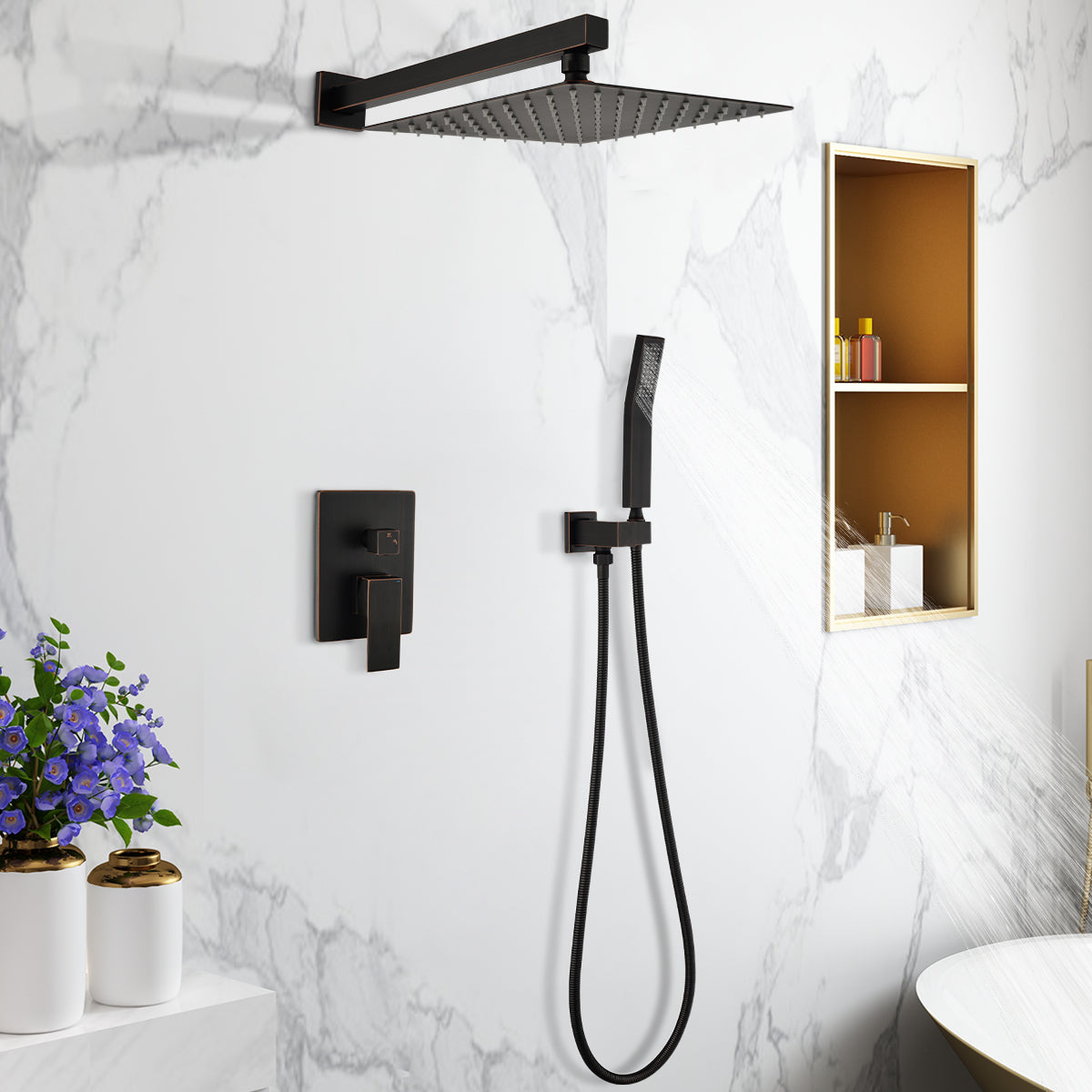






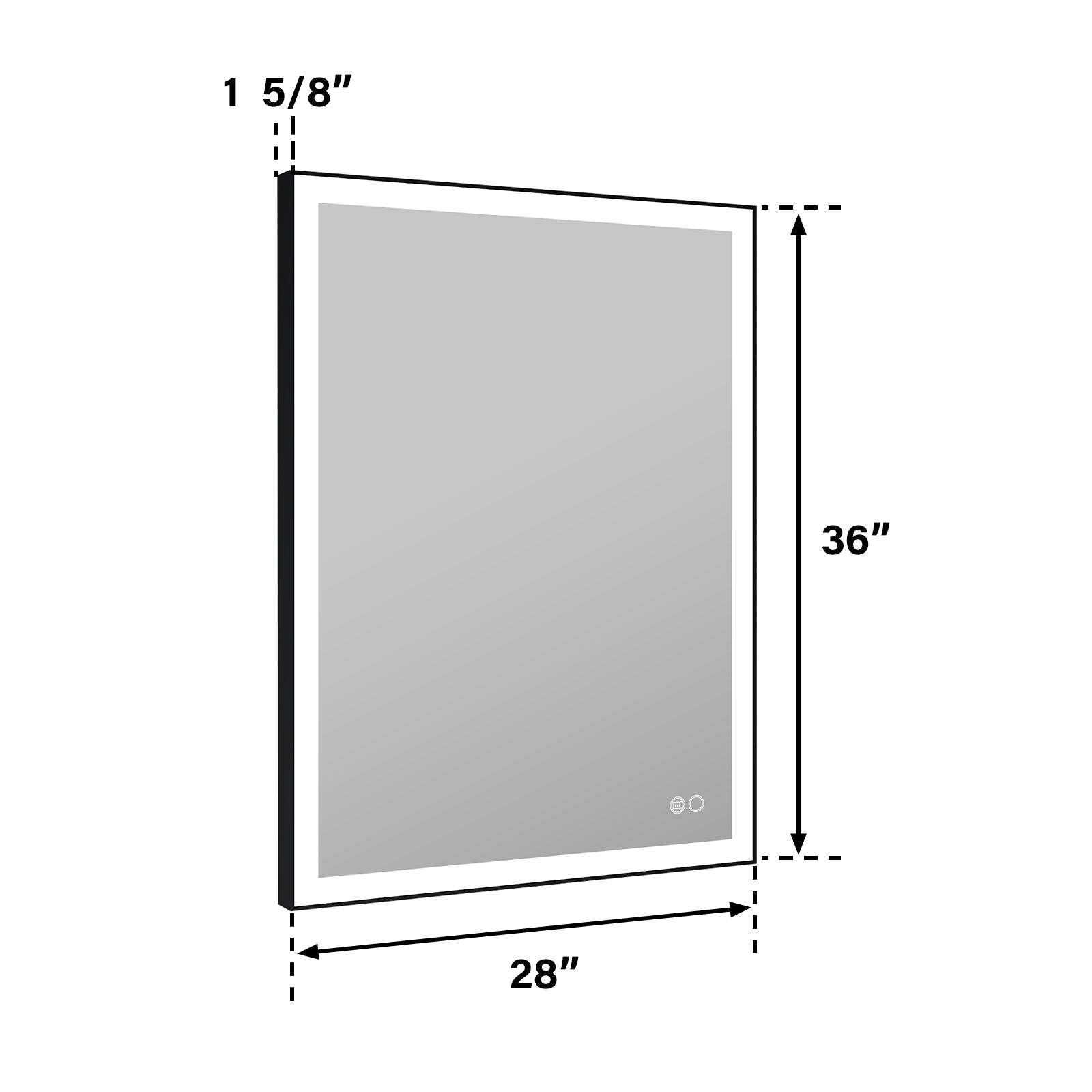

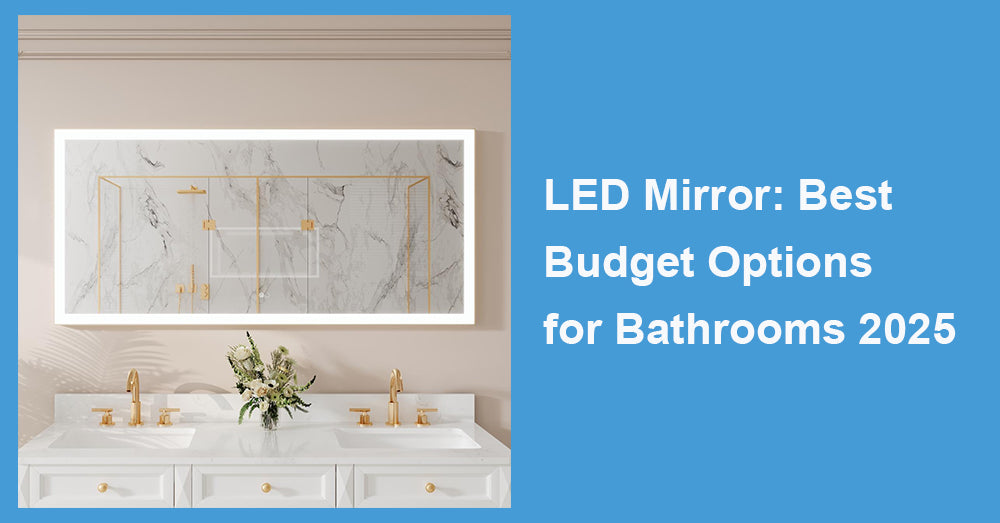
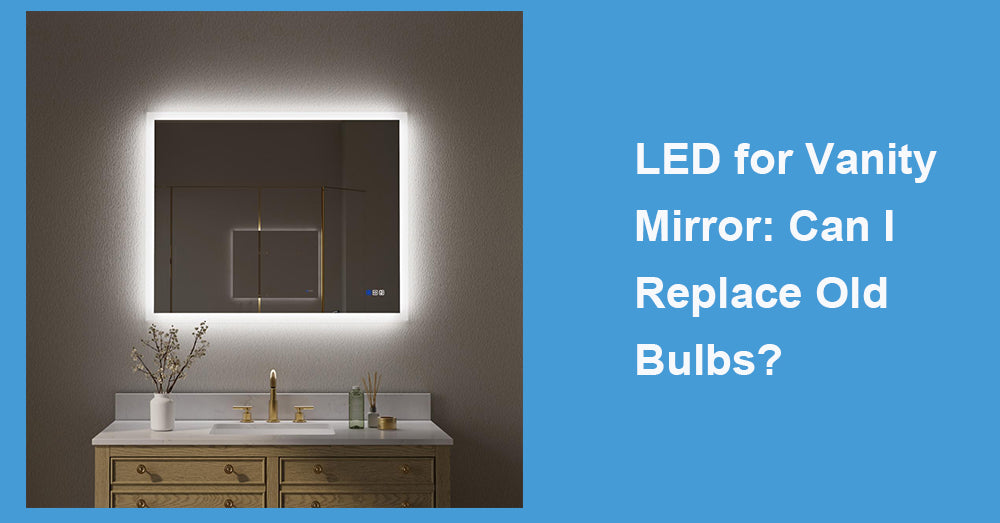
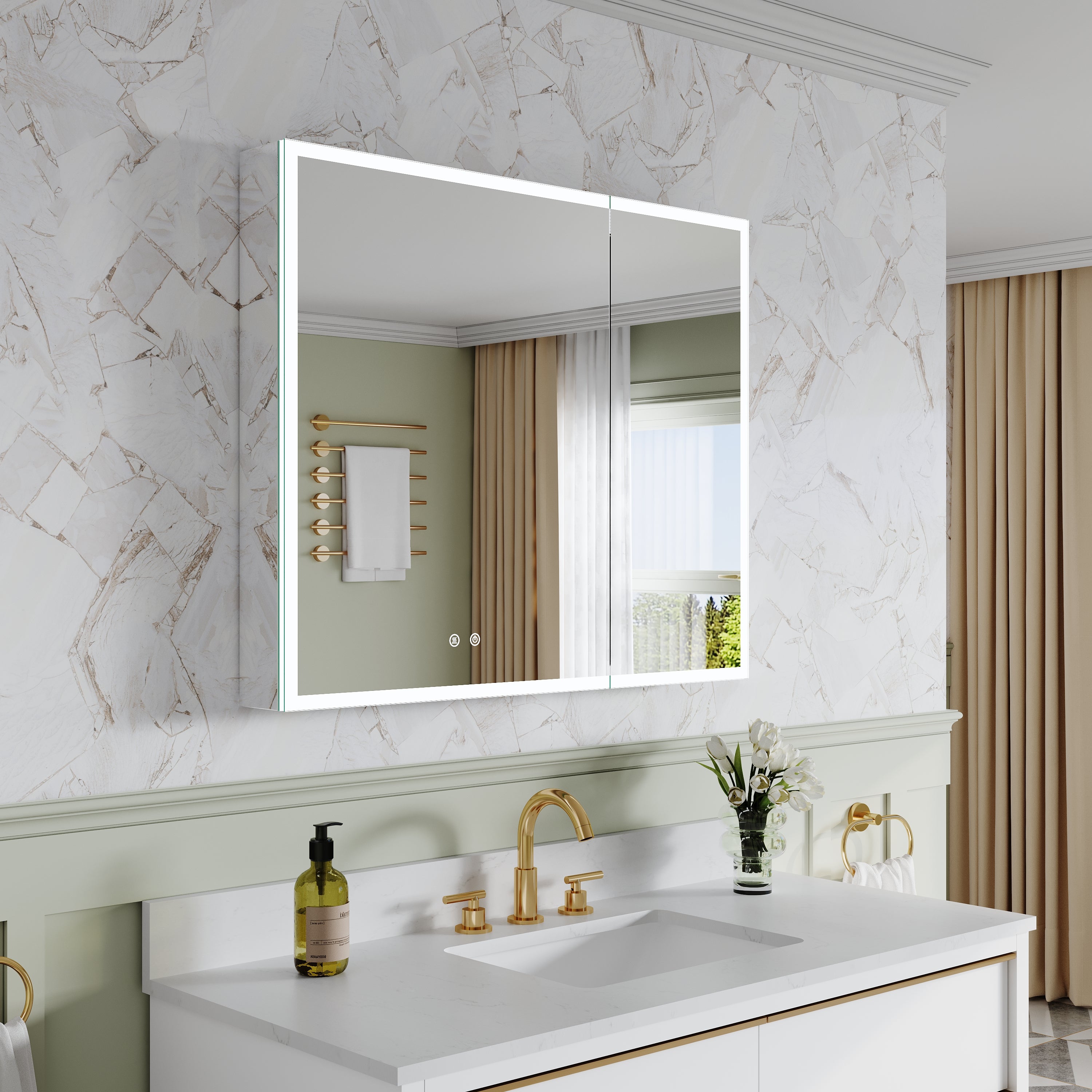
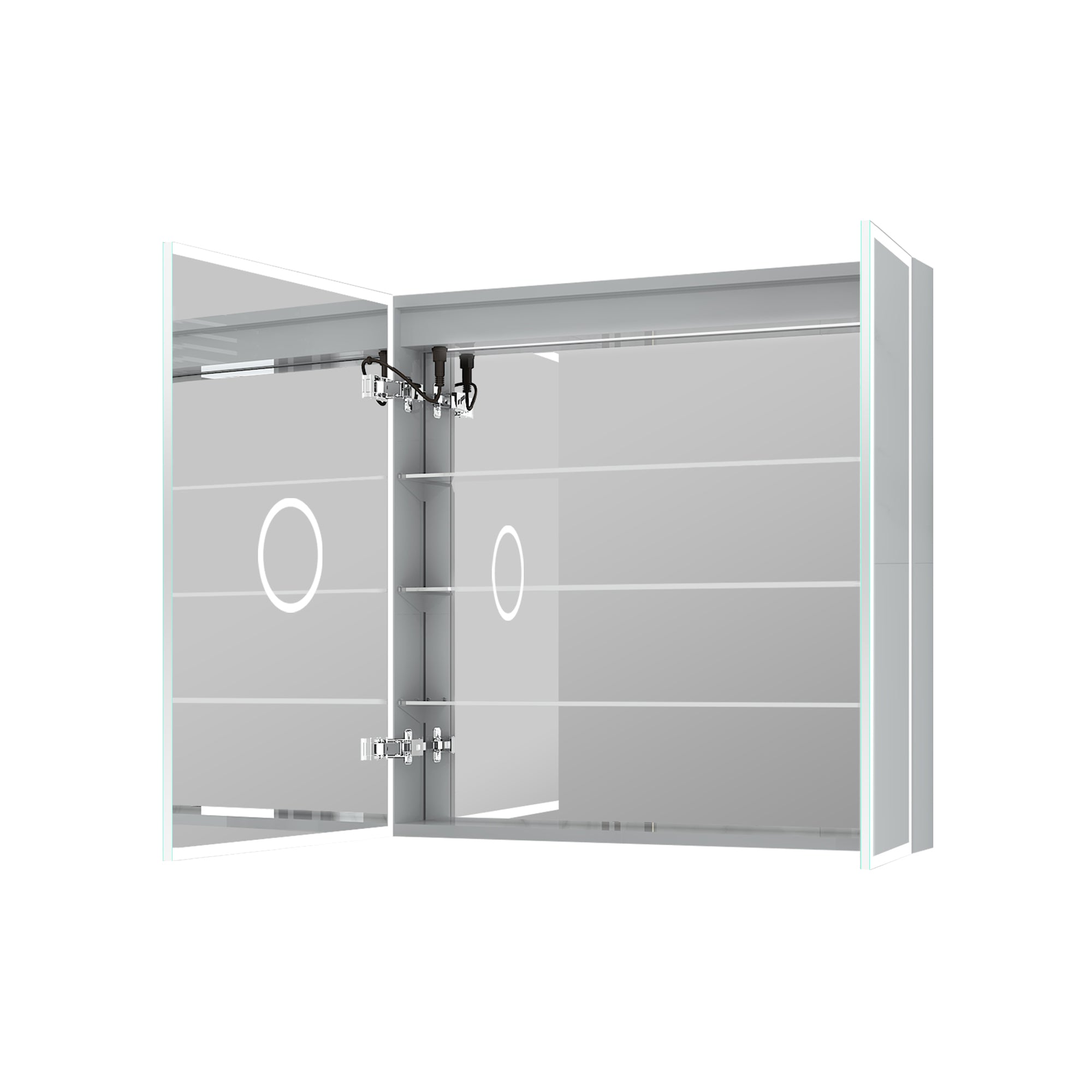
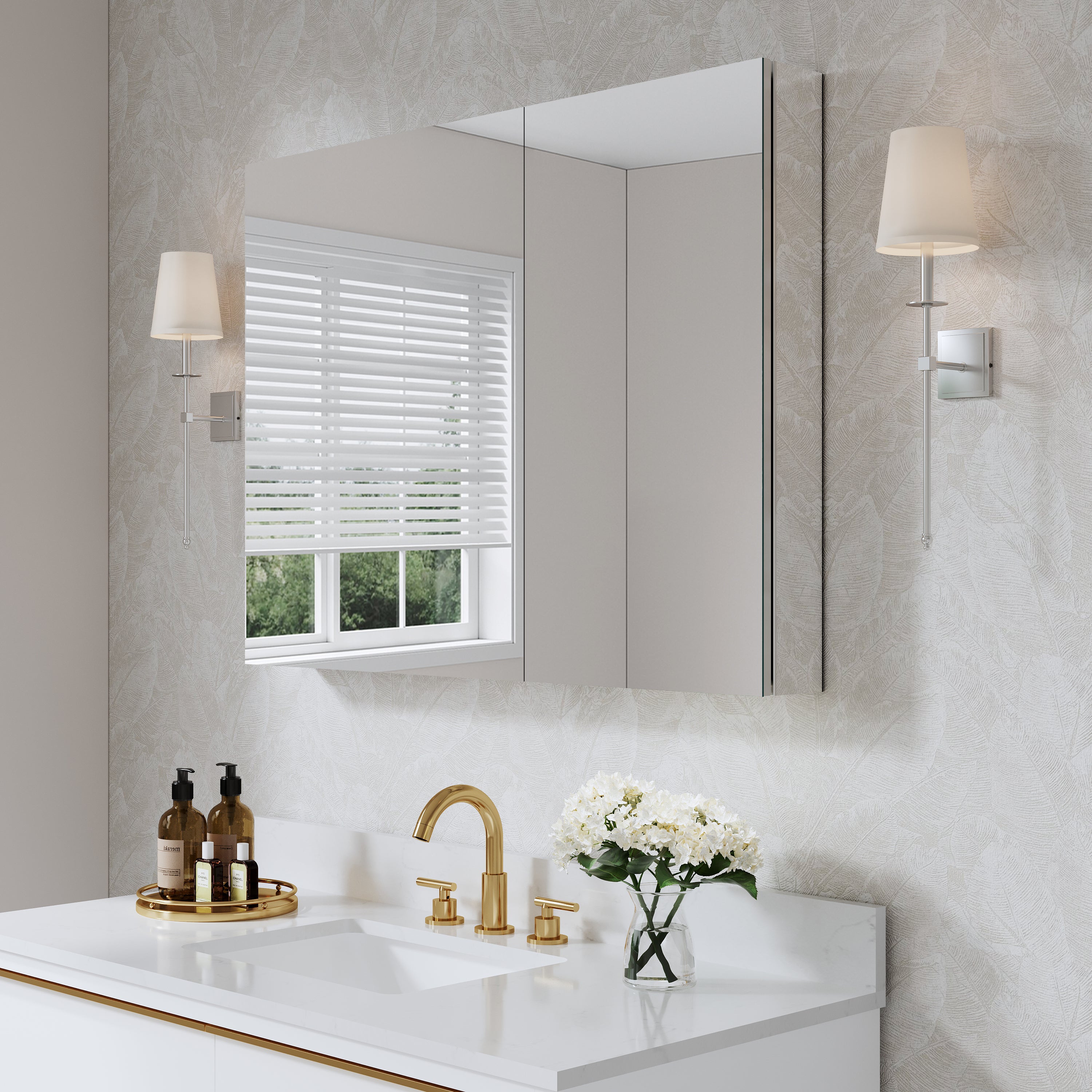

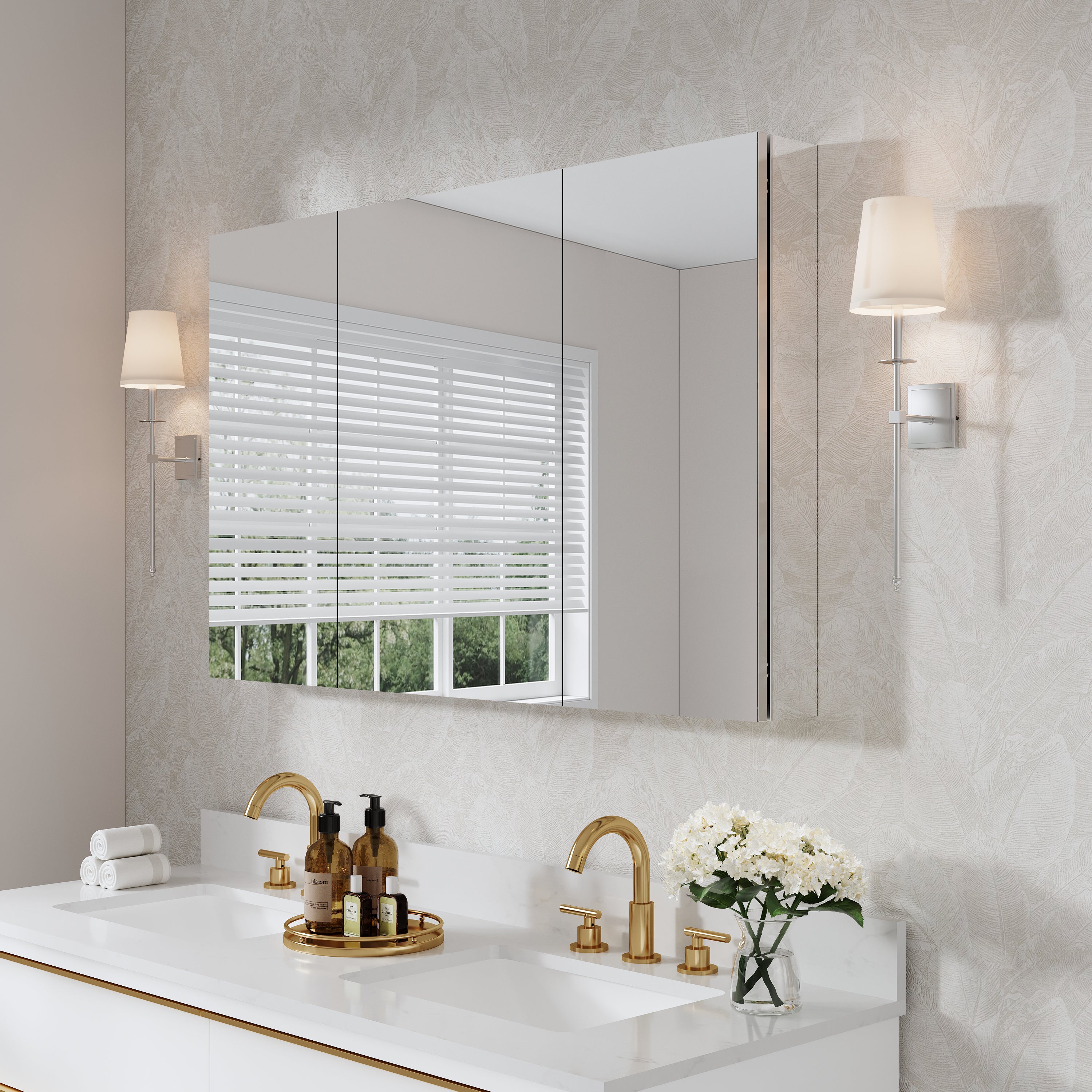
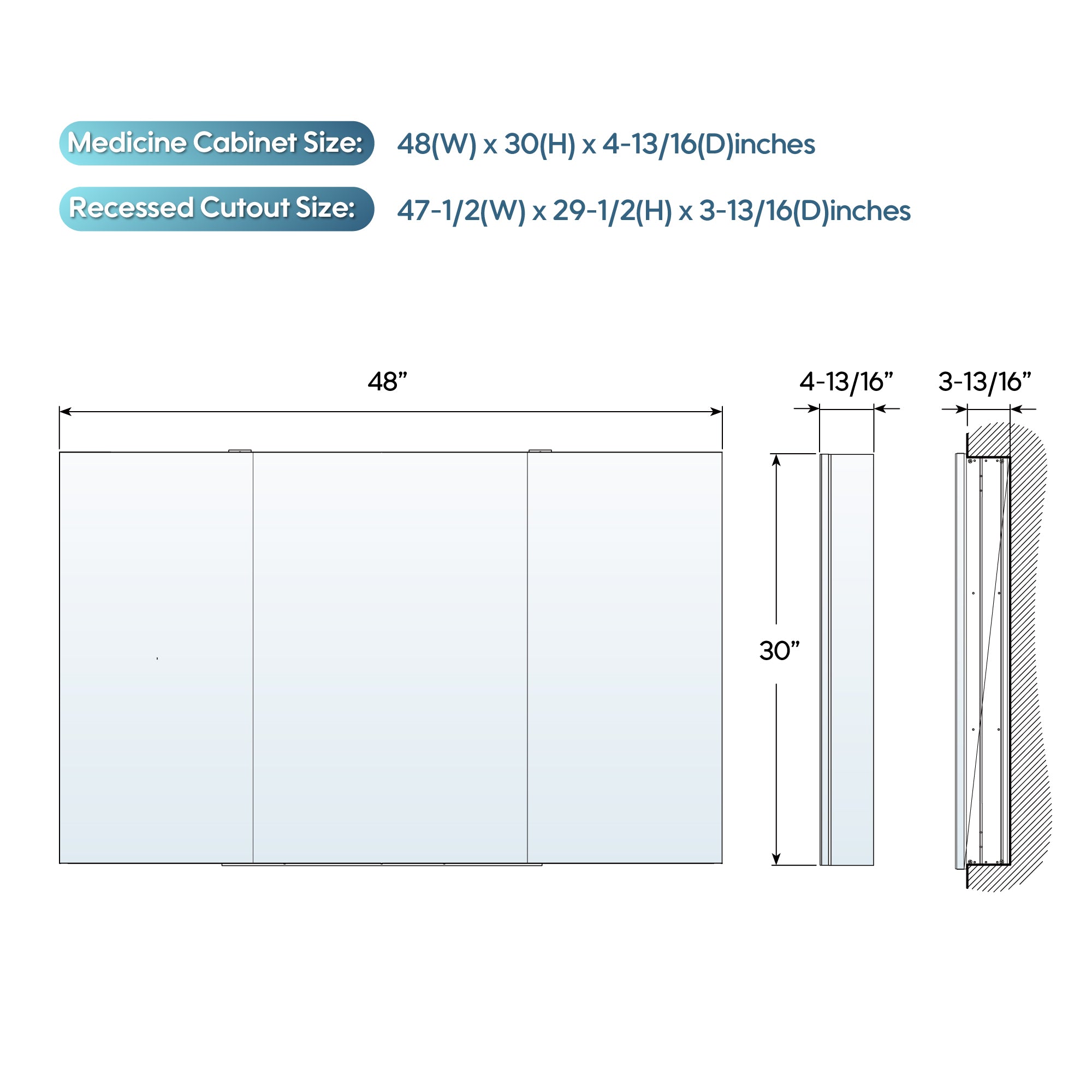

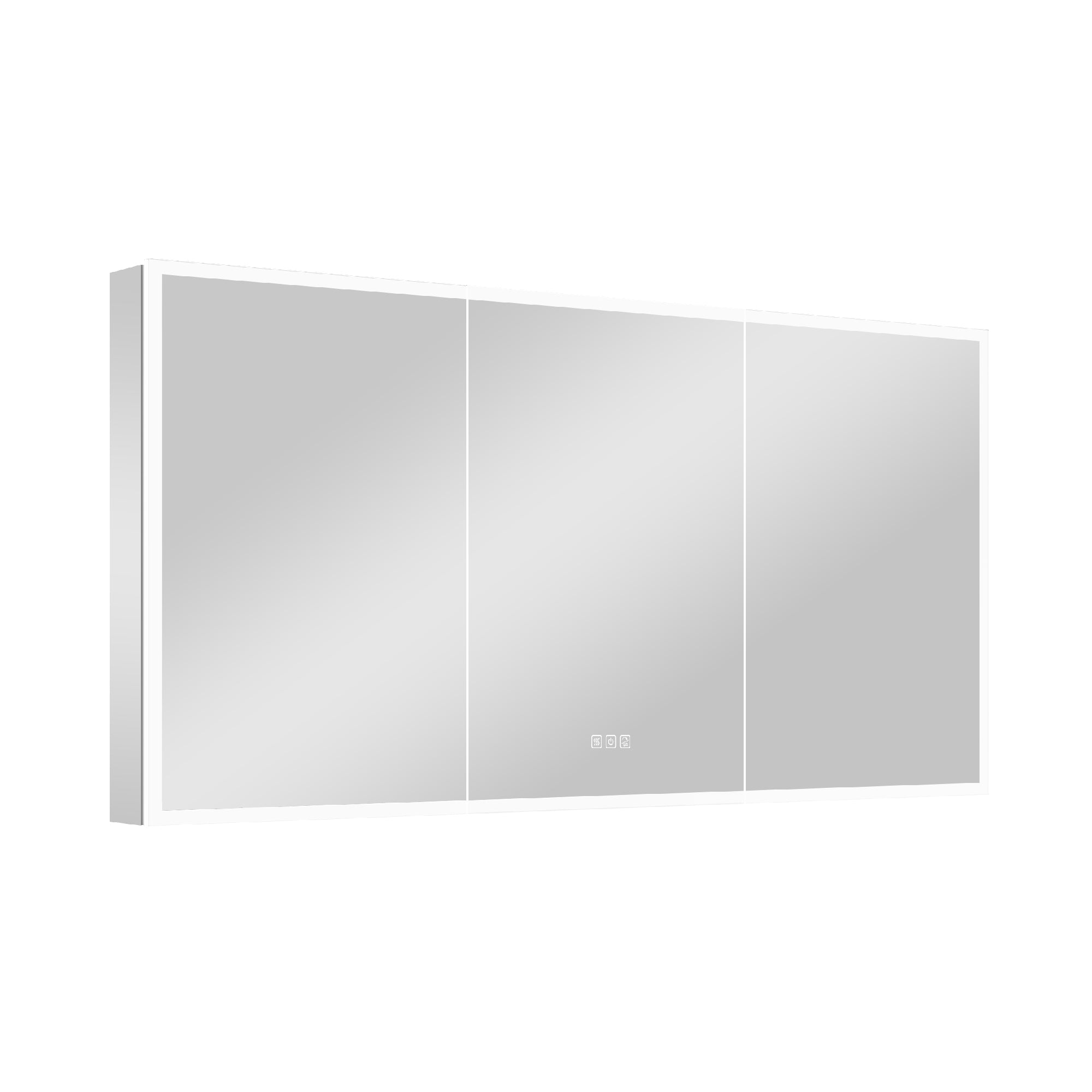
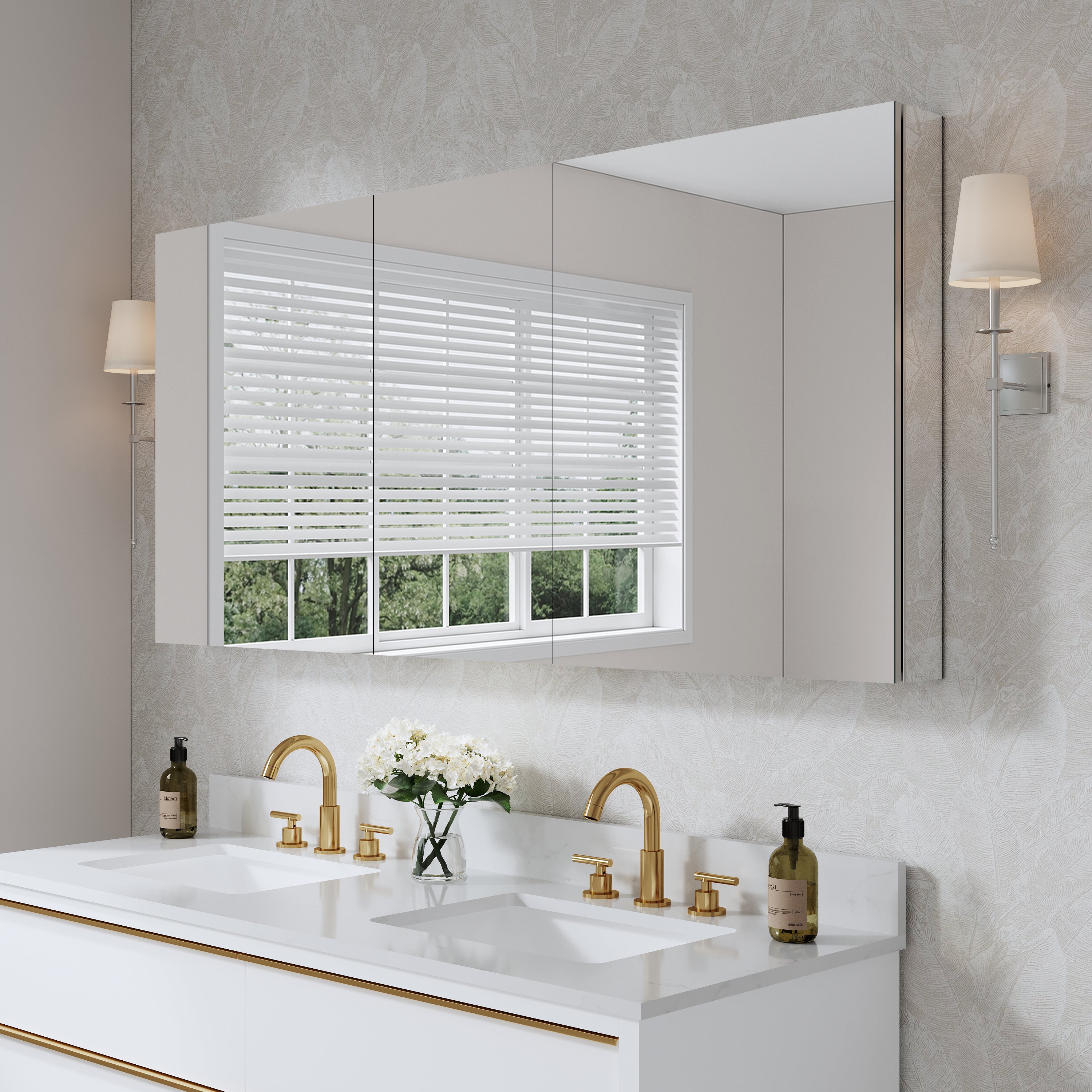




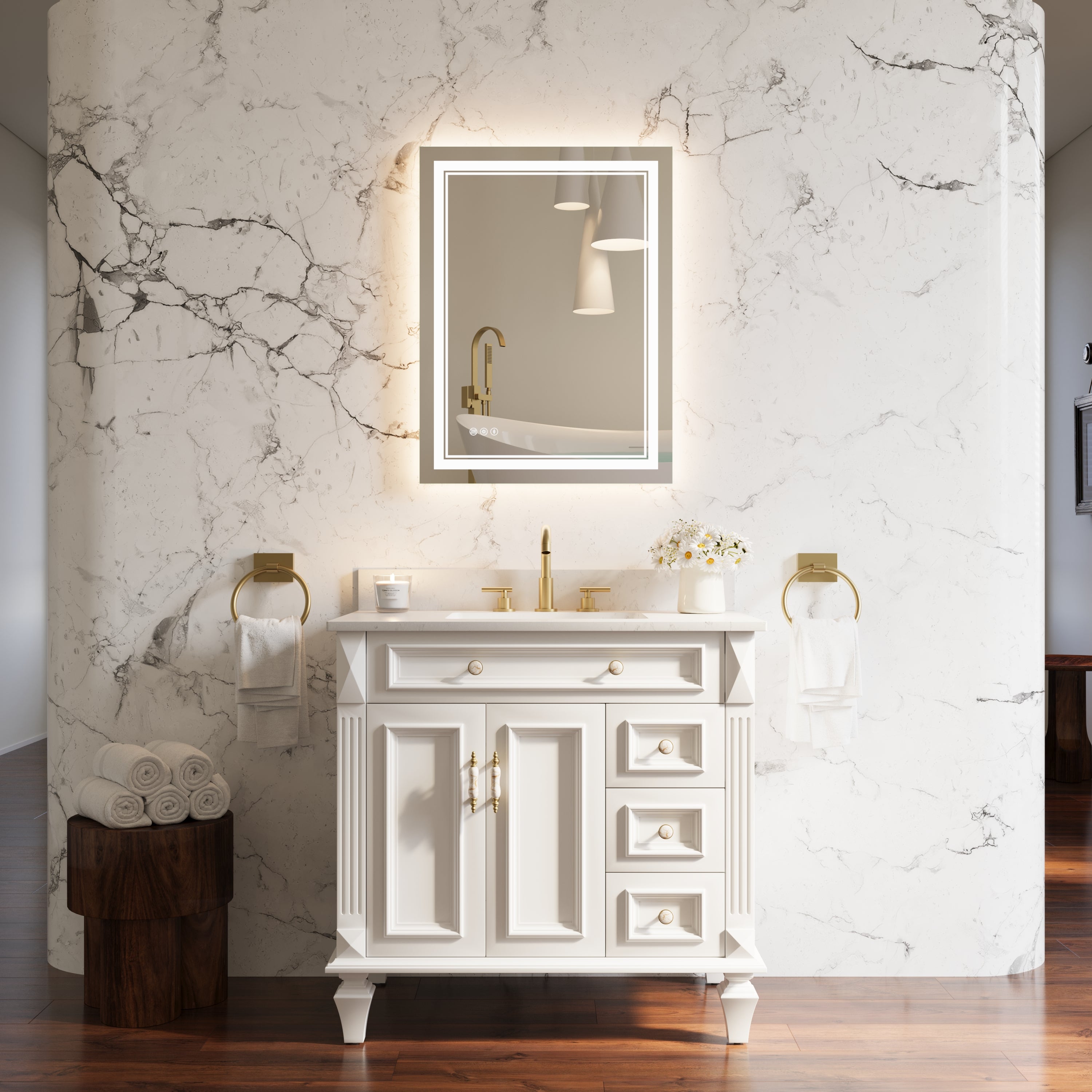
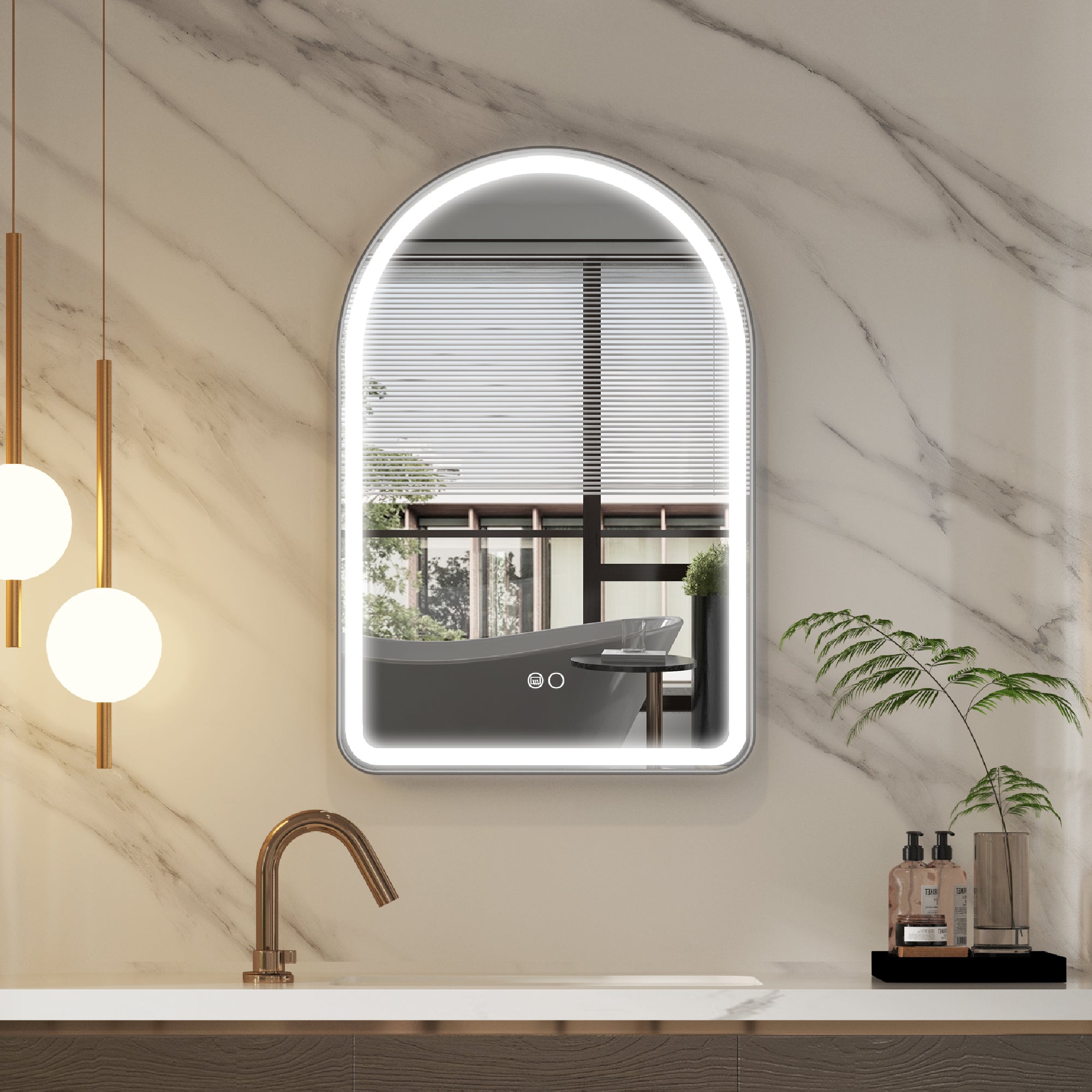
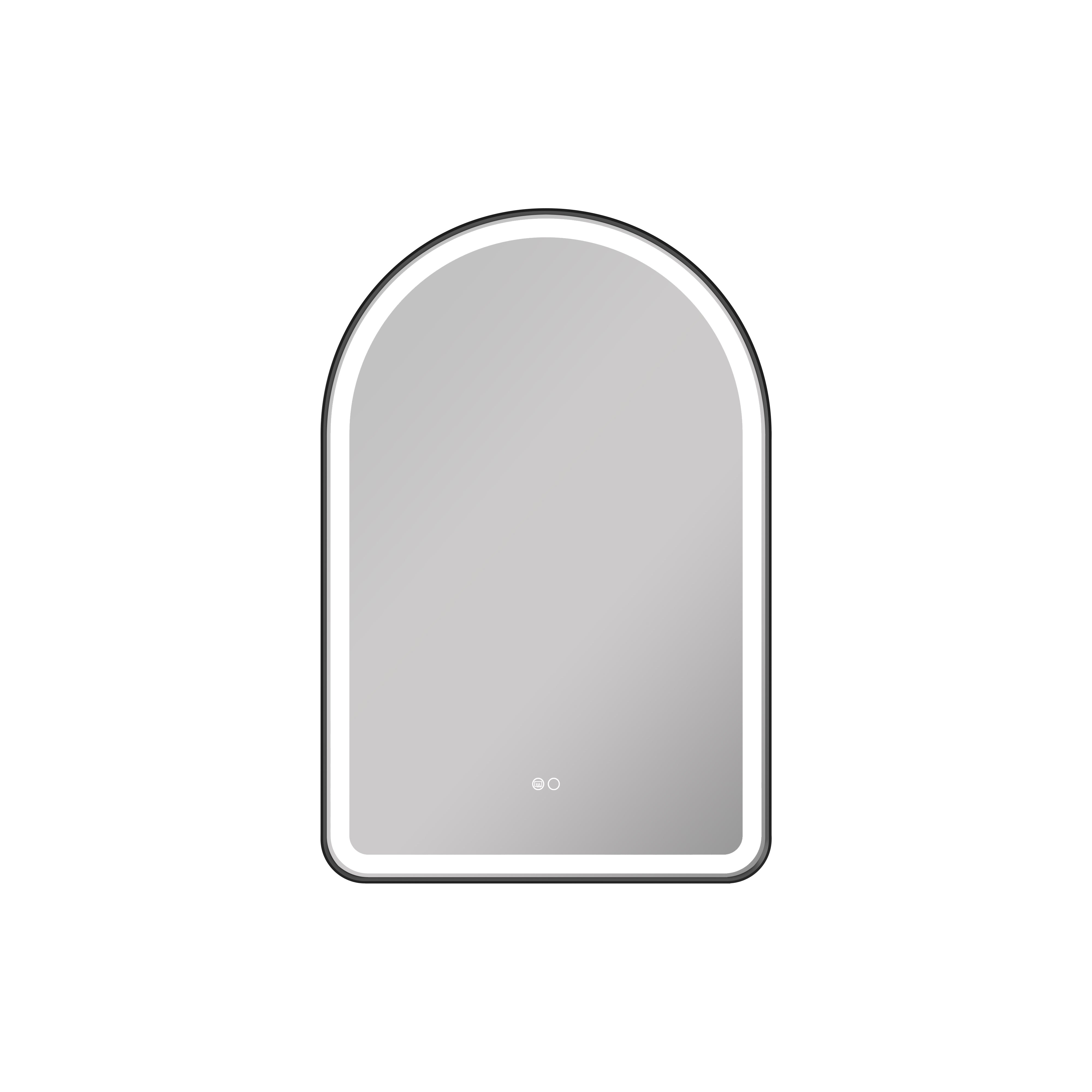

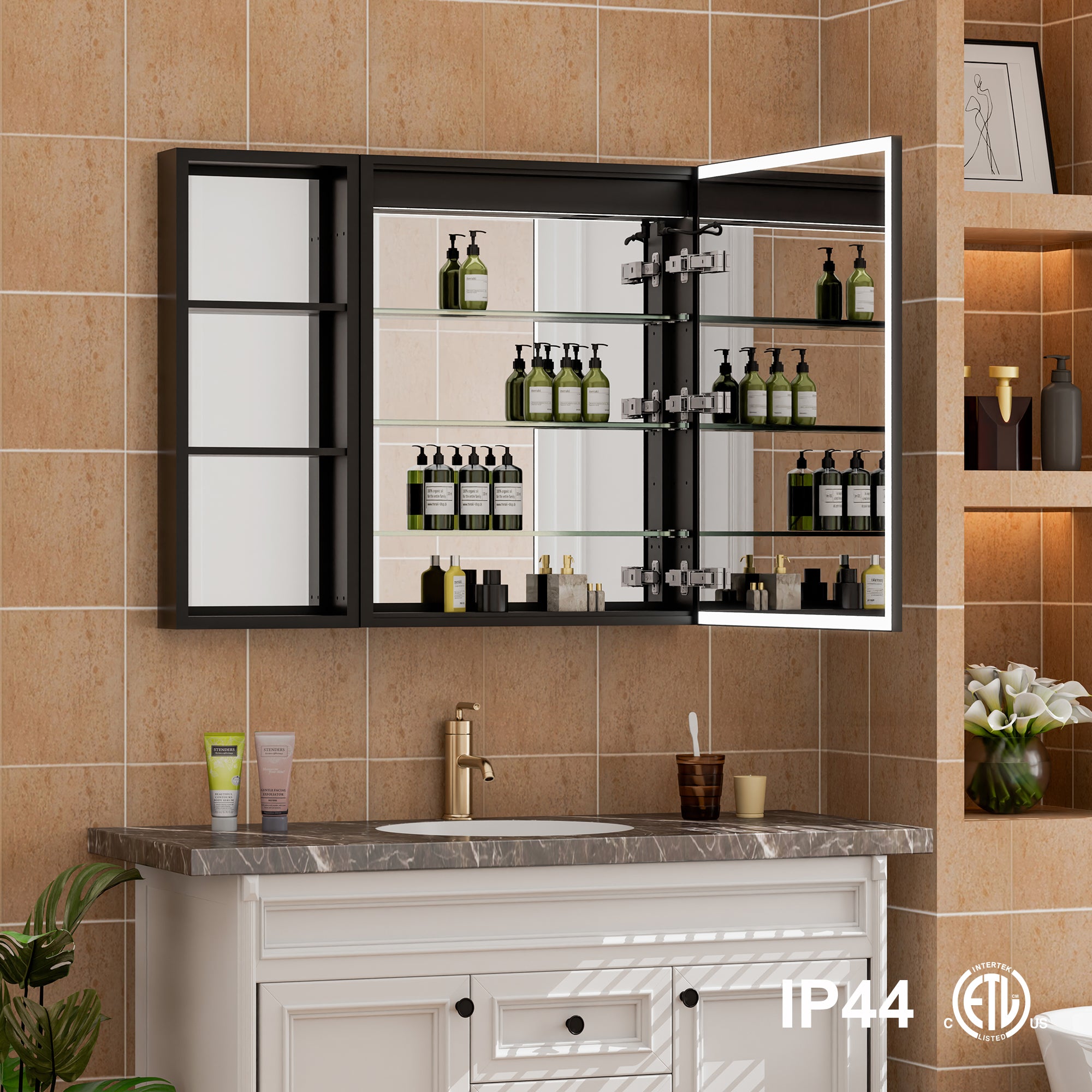
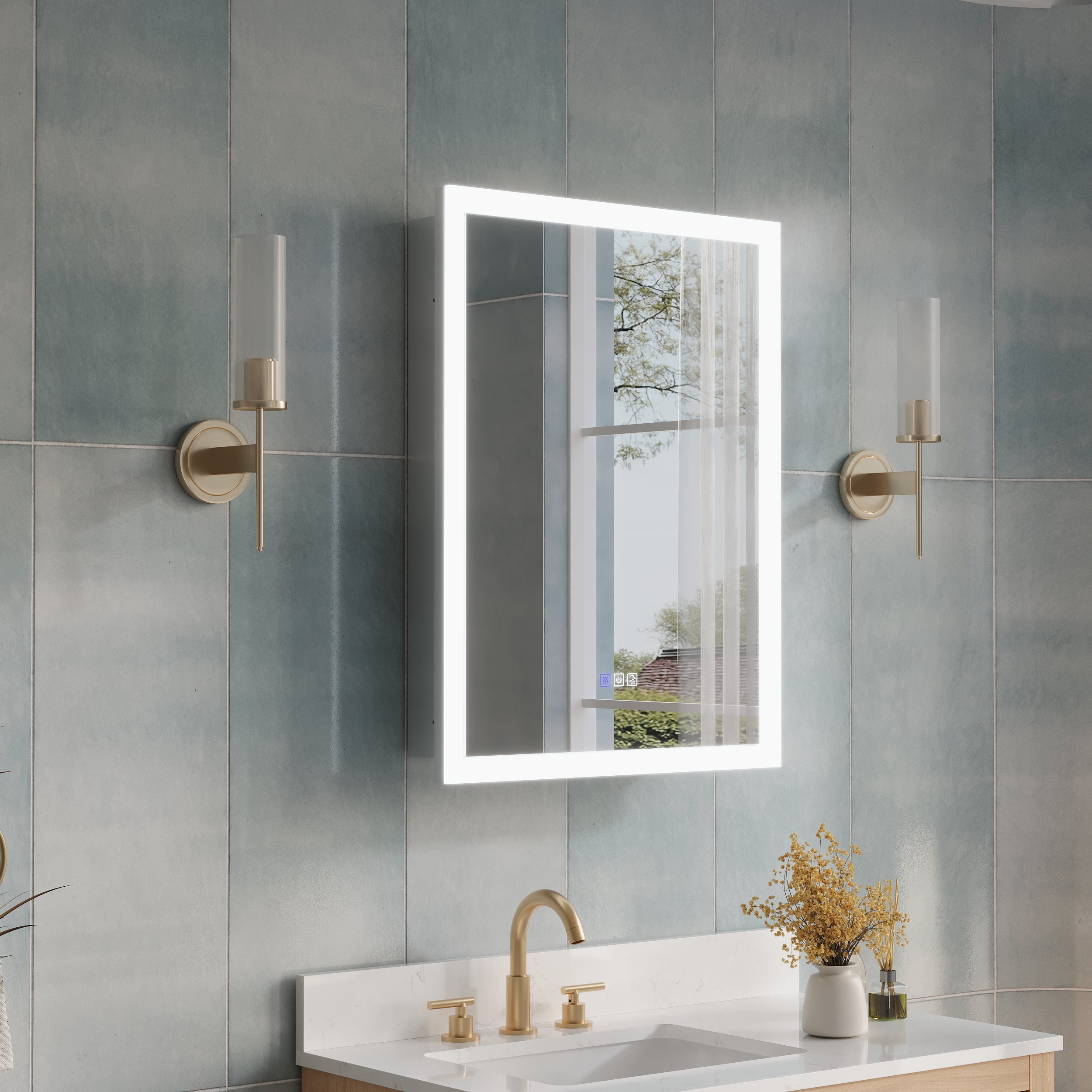
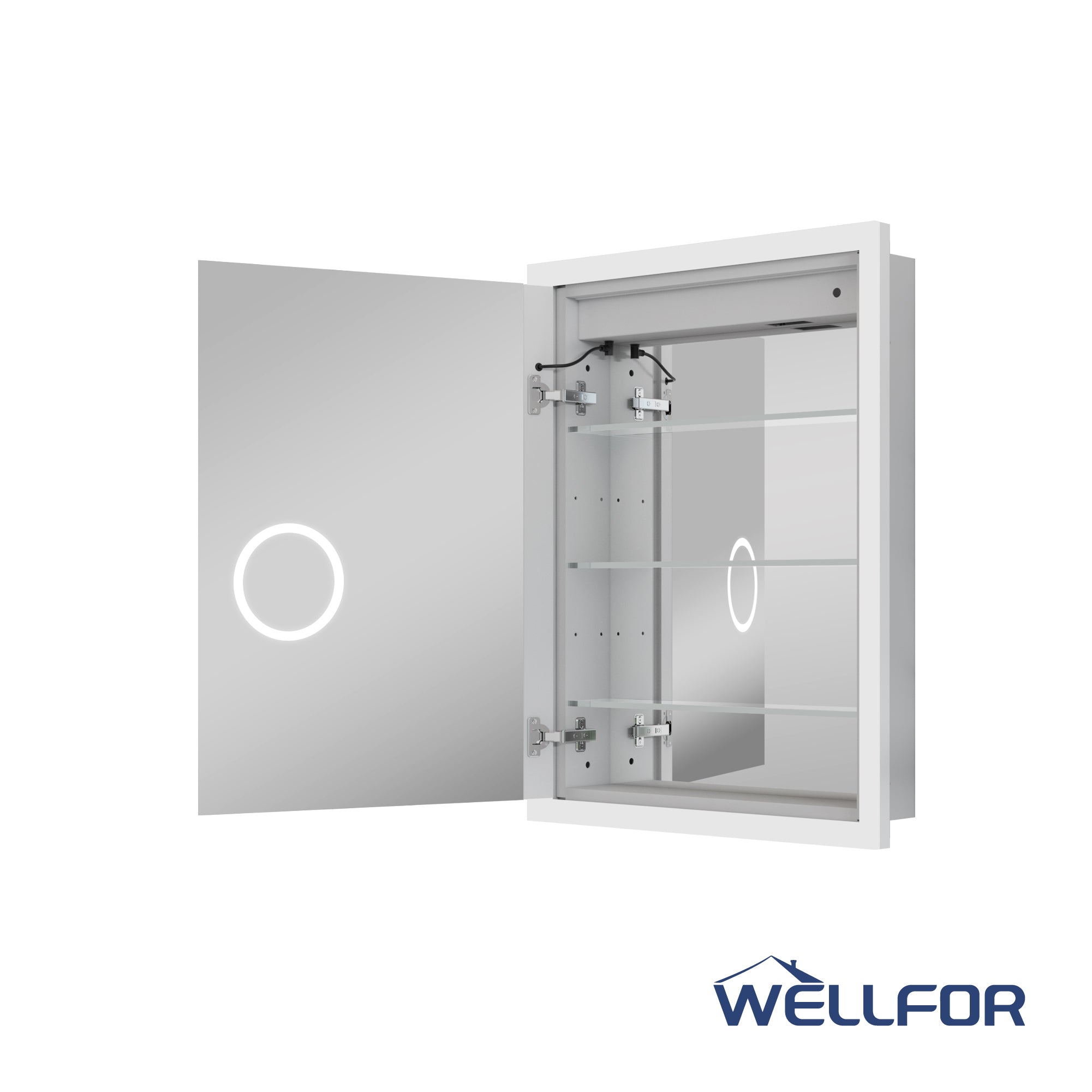
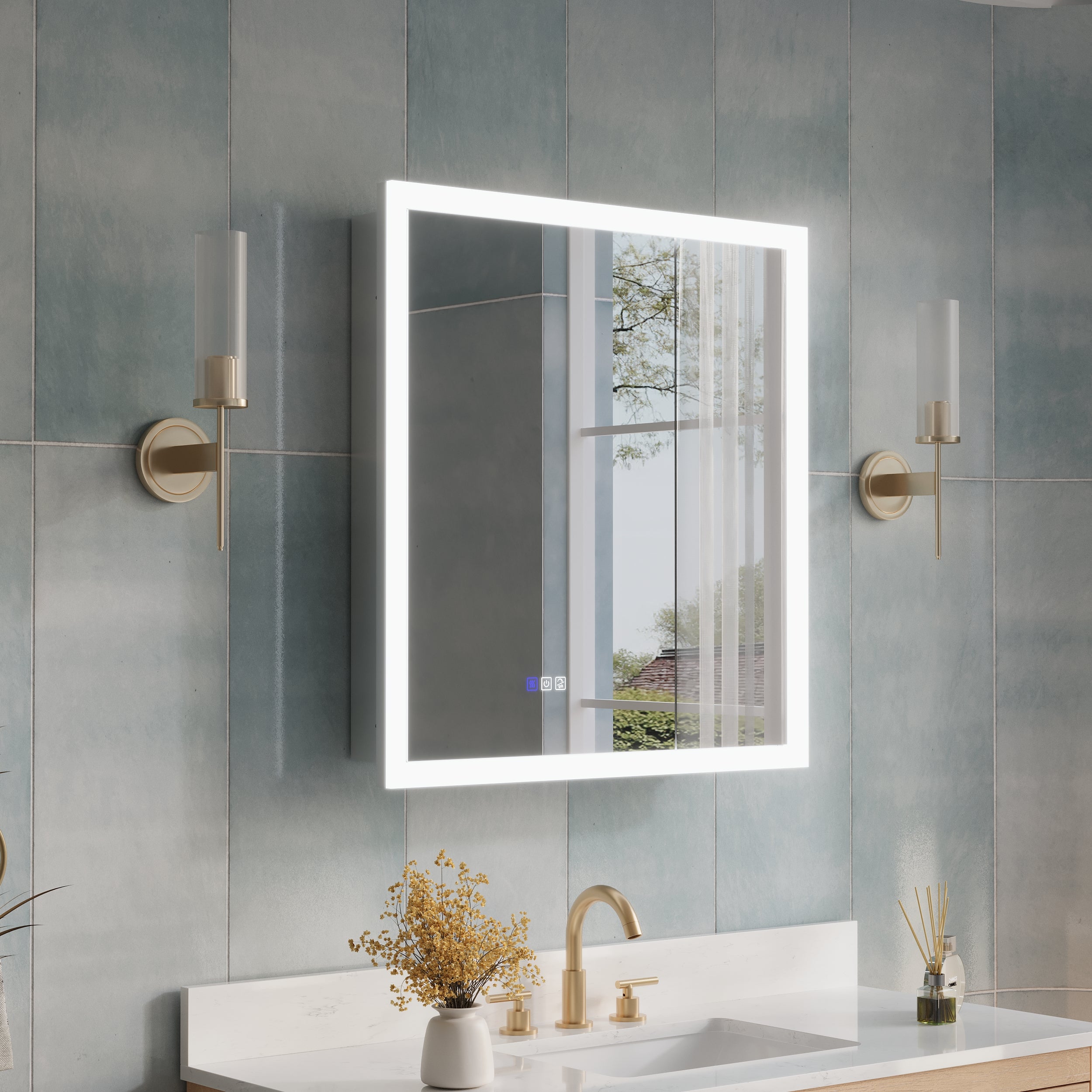
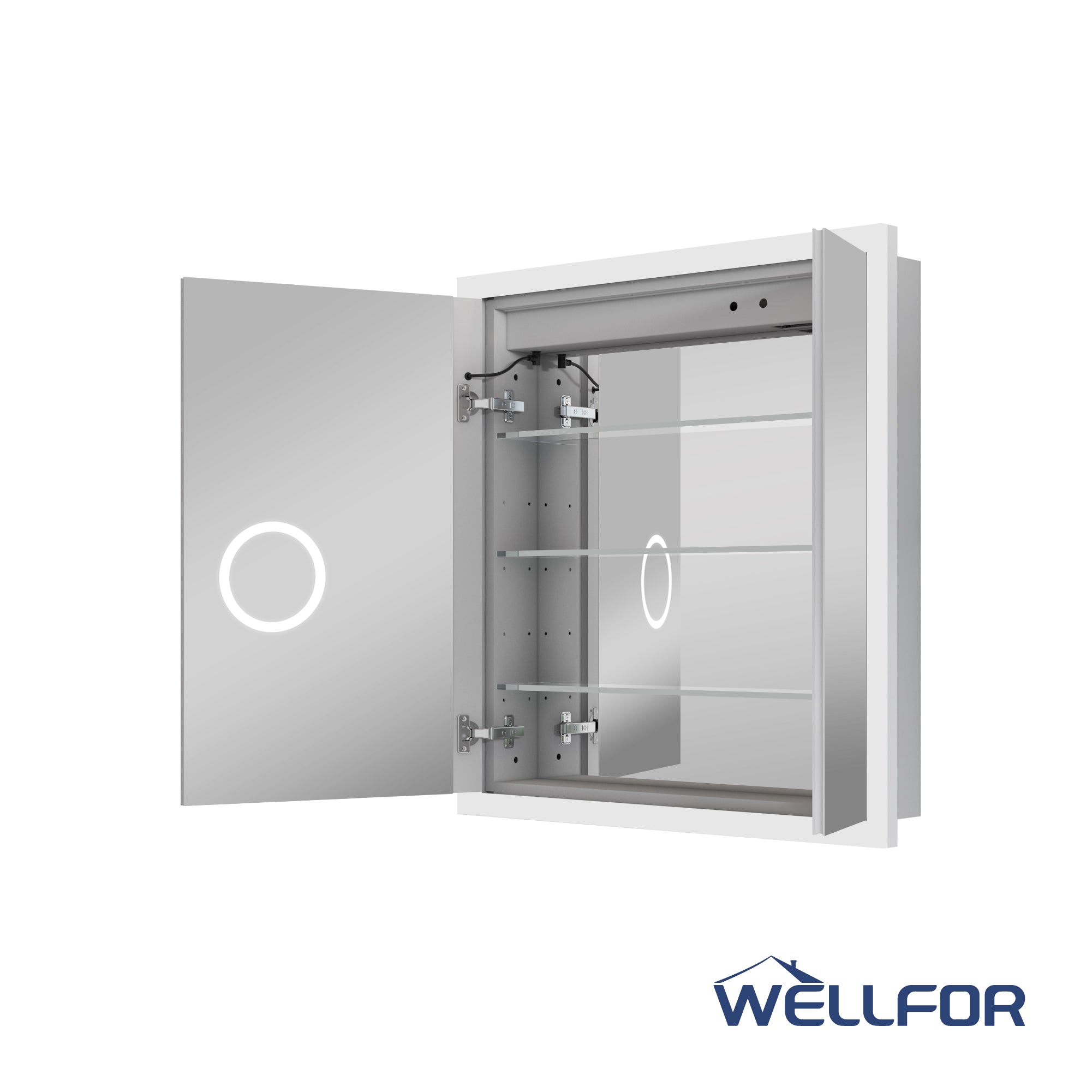
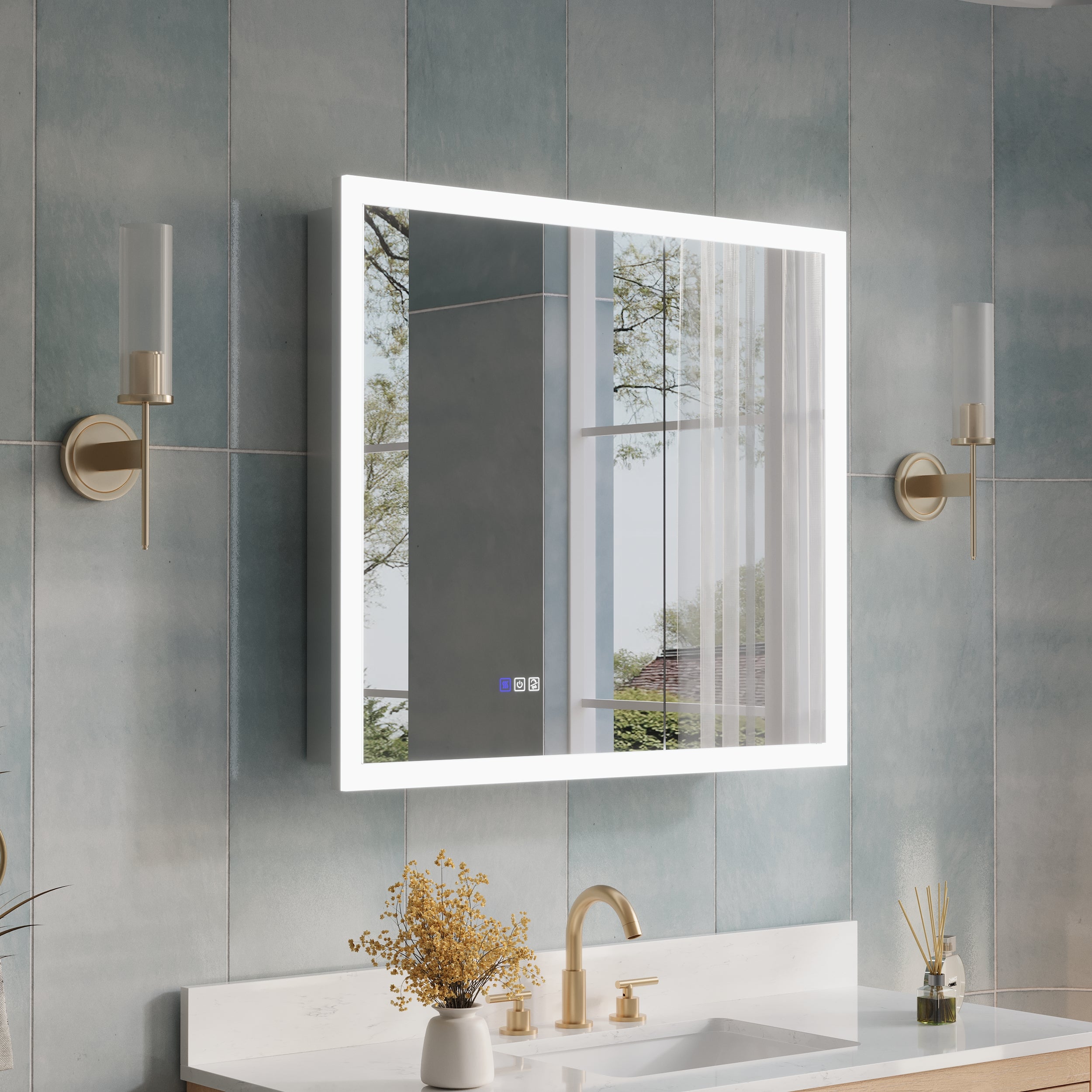

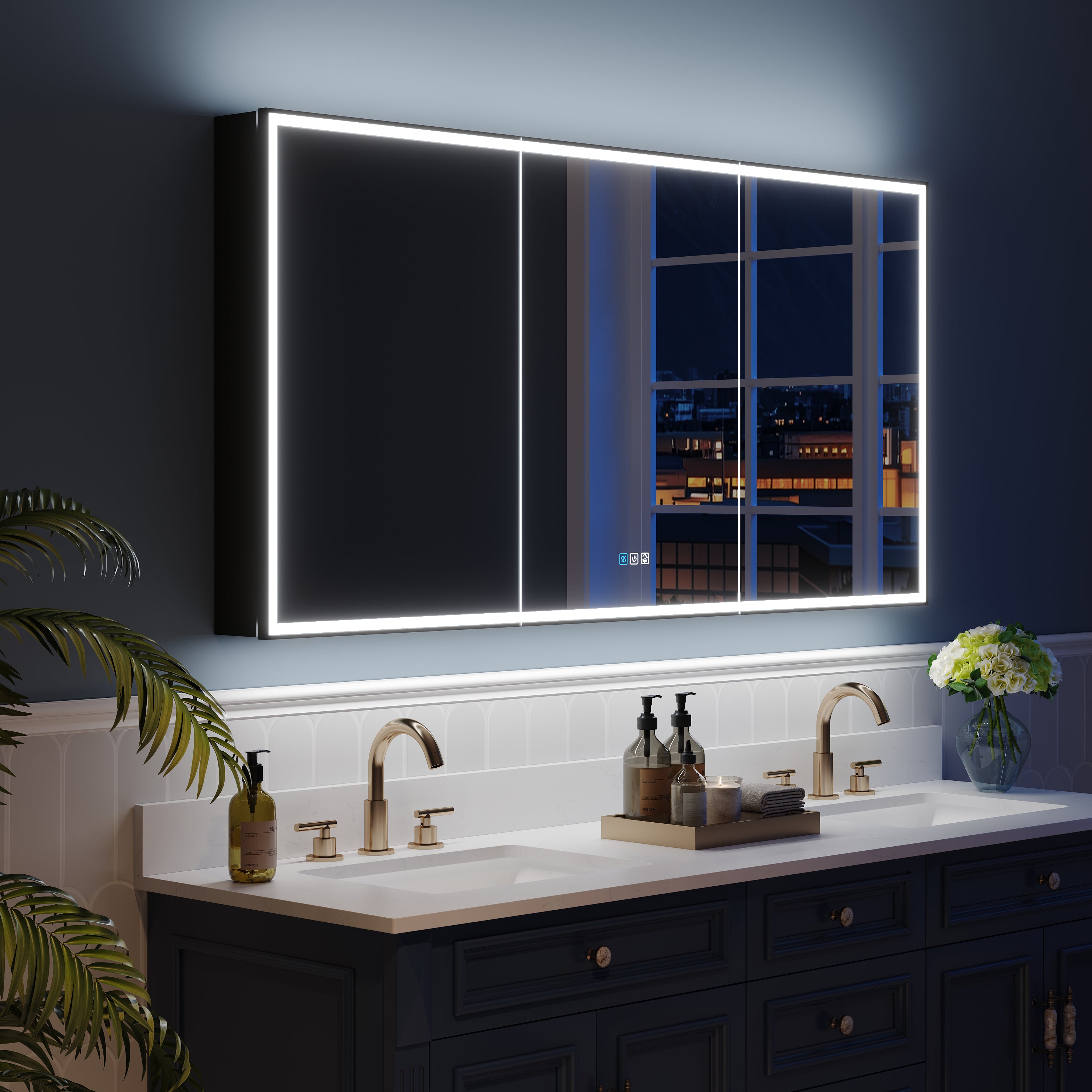
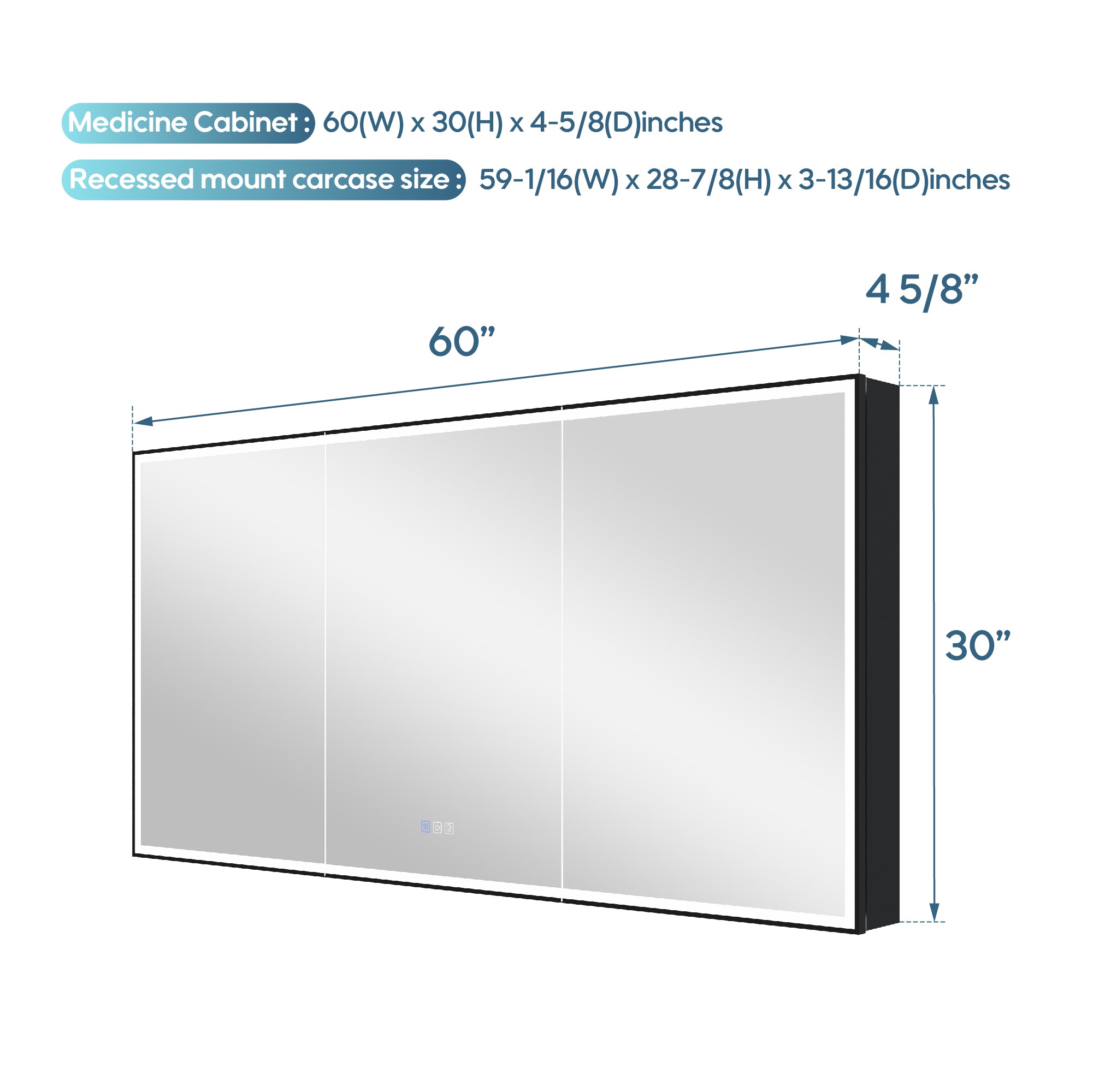
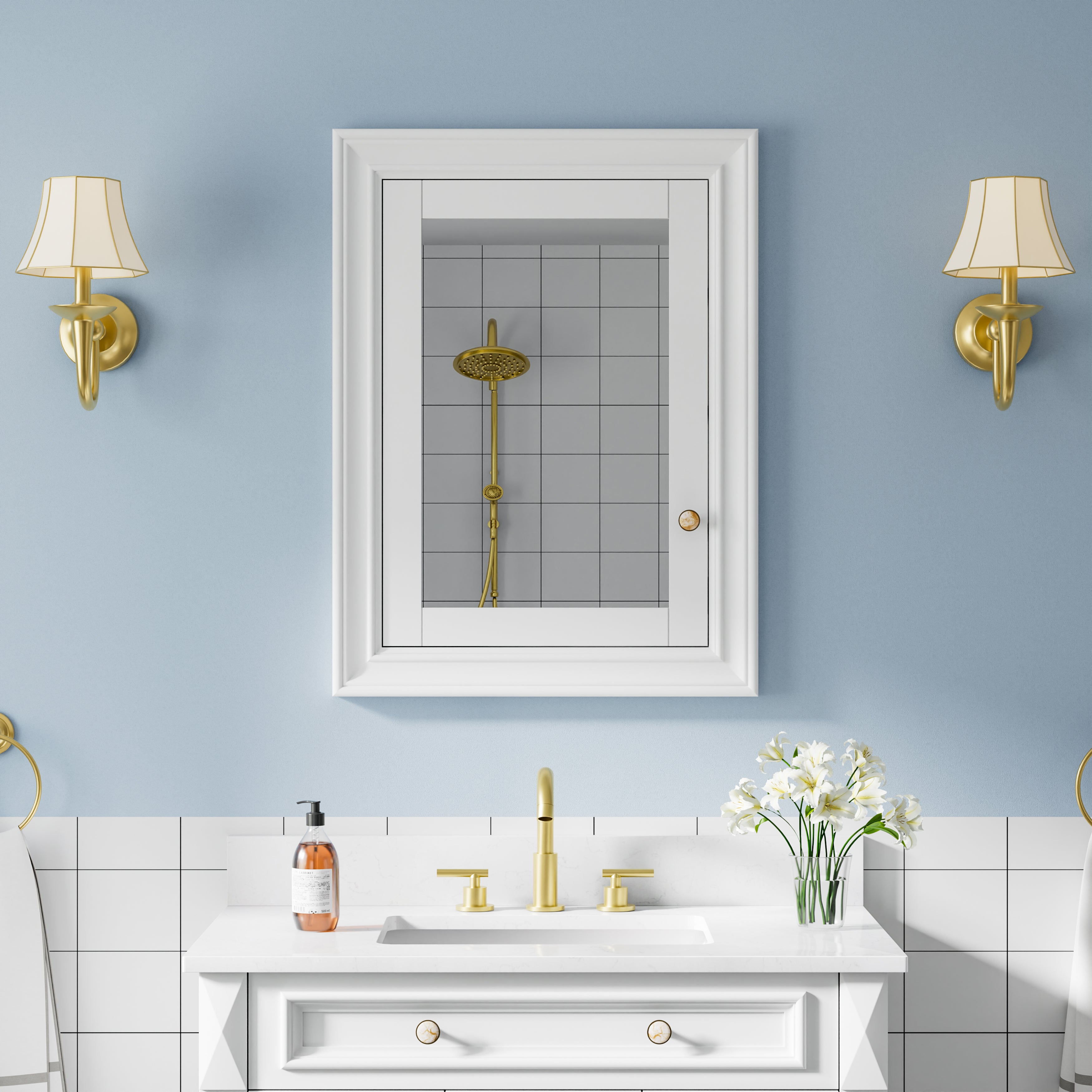


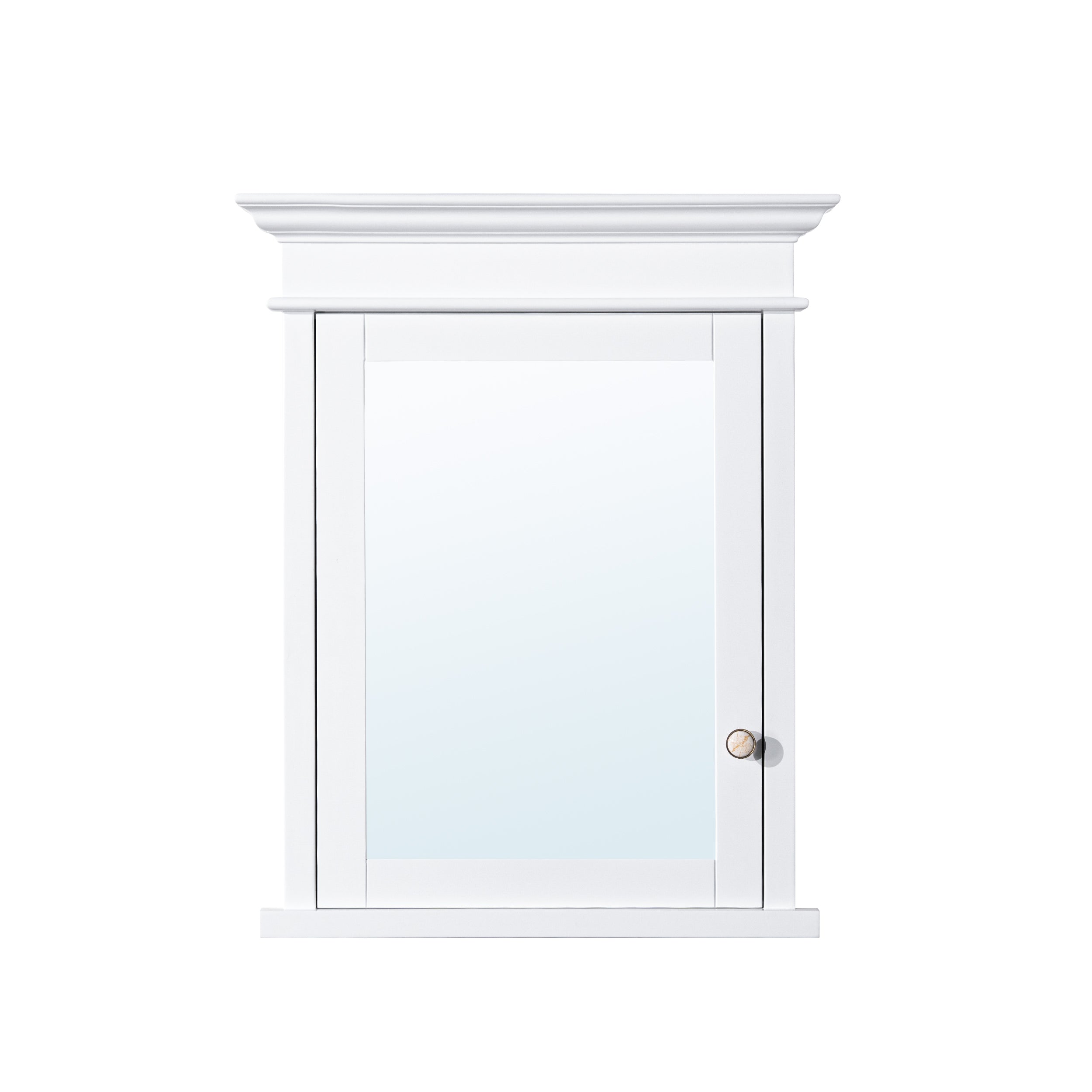

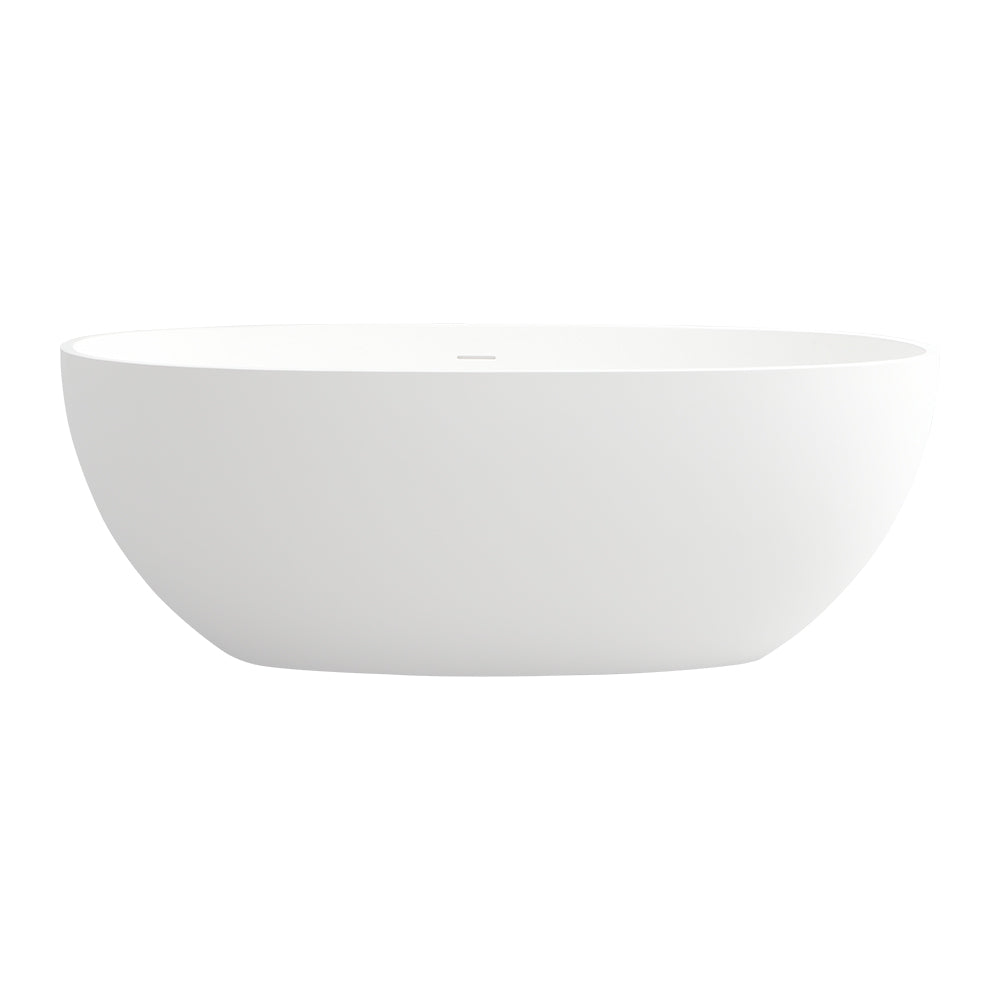


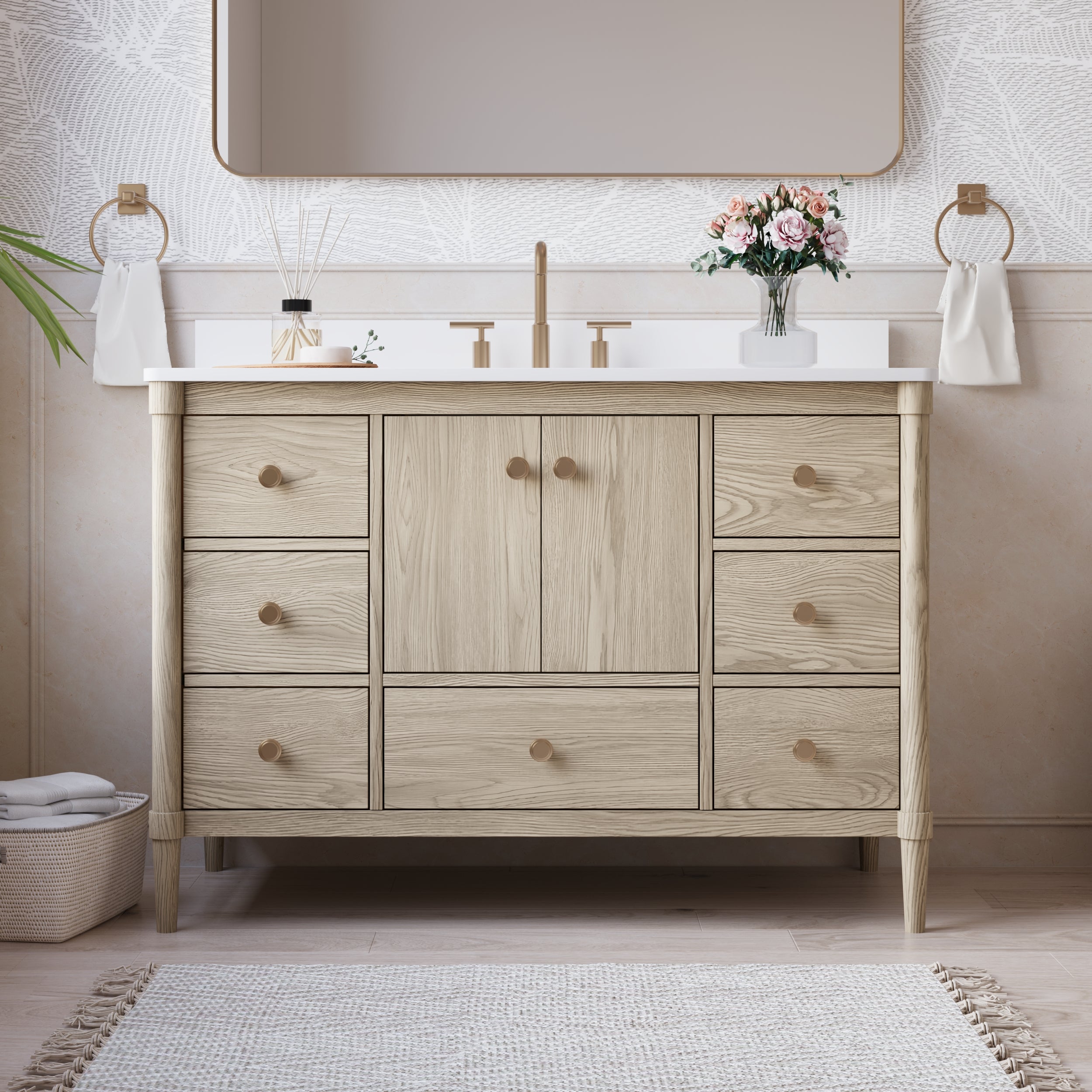
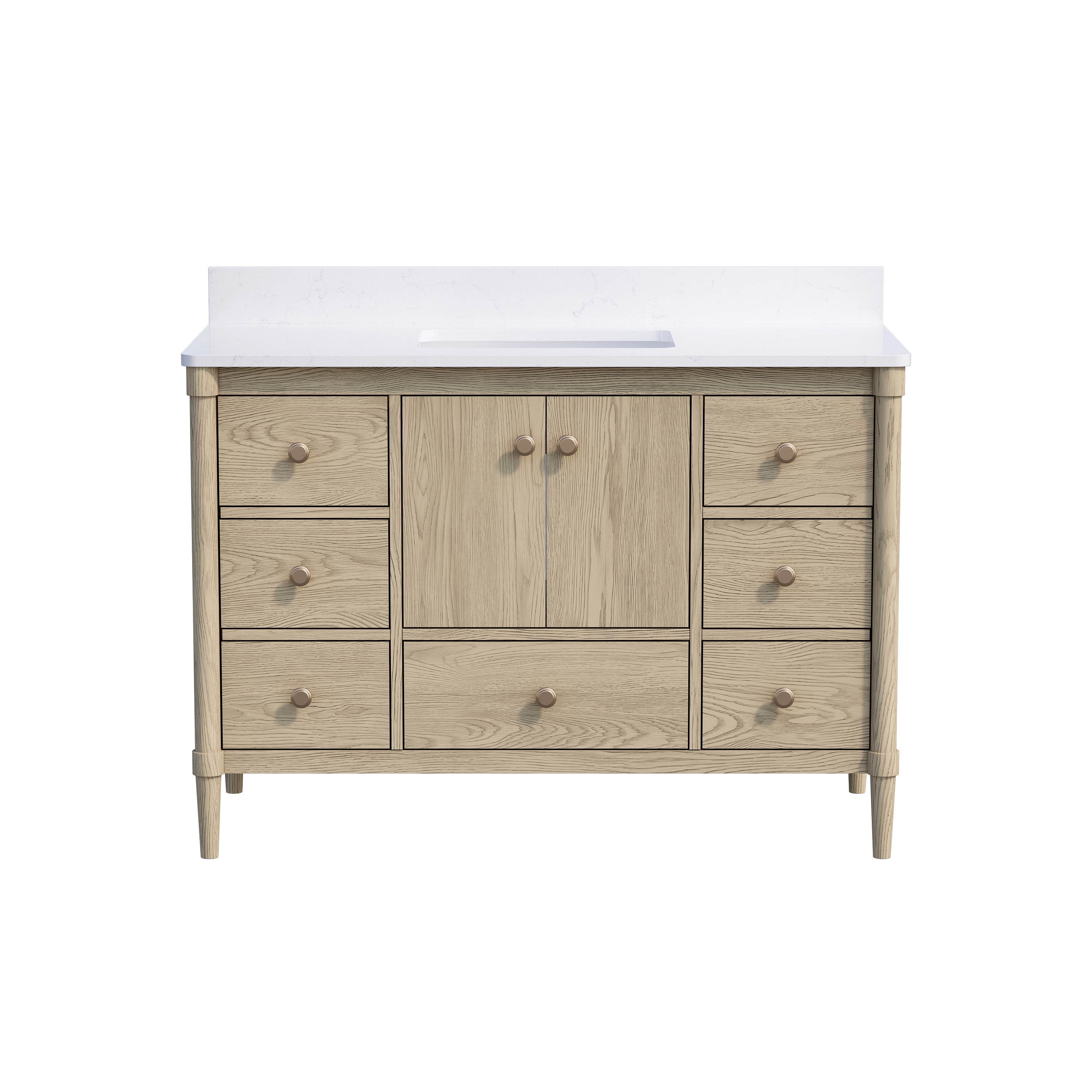
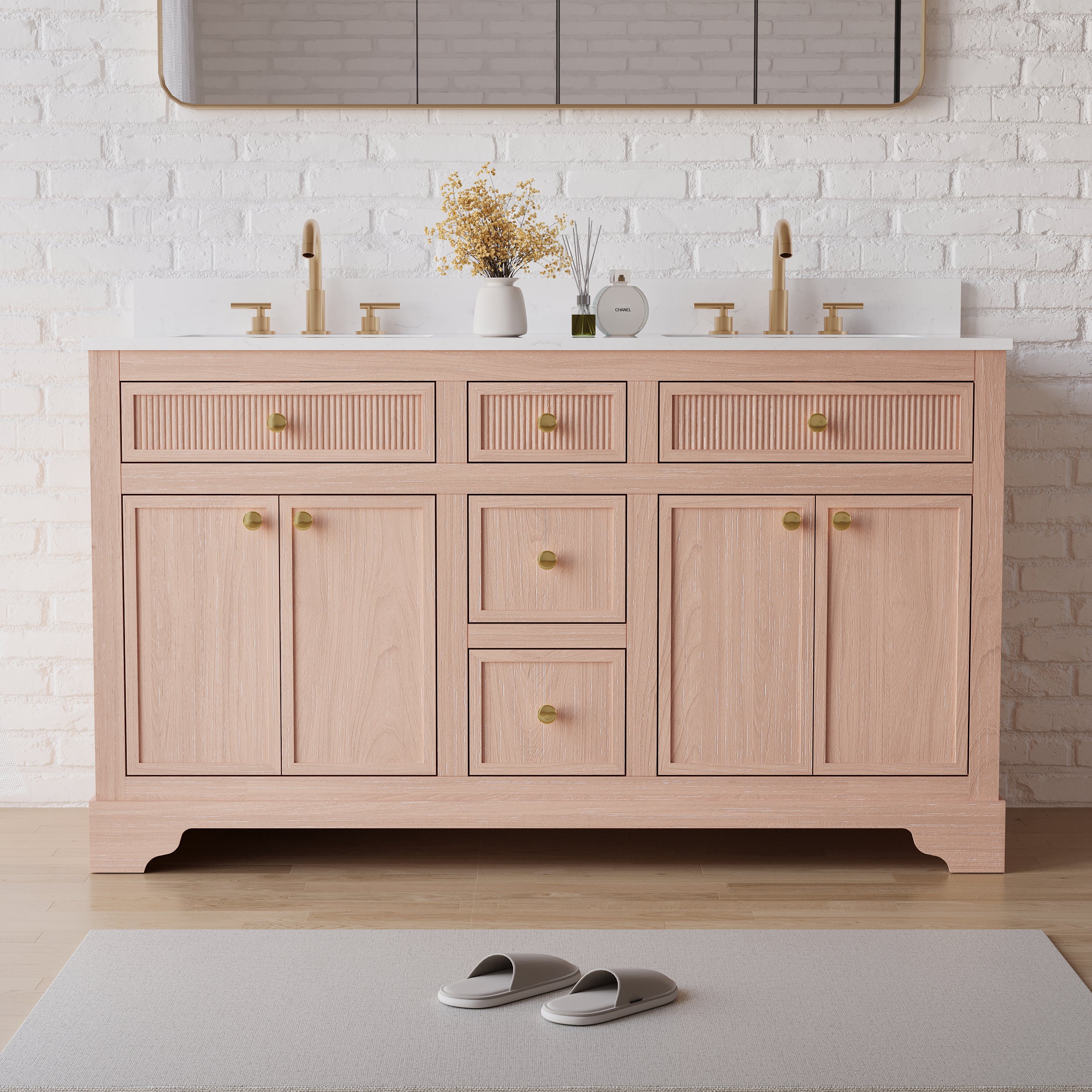



Leave a comment
This site is protected by hCaptcha and the hCaptcha Privacy Policy and Terms of Service apply.